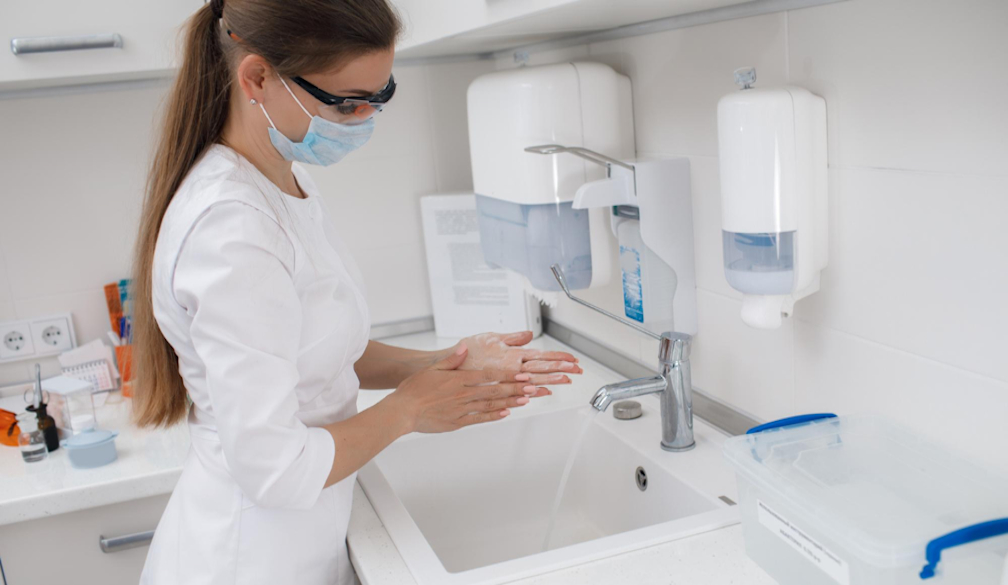Effective Hygiene Dispenser Placement in Australia: Best Practices

Elevating Health Standards with Strategic Hygiene Dispenser Placement
Effective hygiene dispenser placement is a critical component in promoting health and safety across various settings. This article explores best practices for dispenser placement to maximize effectiveness in diverse environments, from offices and schools to public spaces in Australia.
Hygiene Dispenser Placement
Properly placed hygiene dispensers are more than a convenience; they are integral to public health. Placement strategy impacts the frequency and quality of hand hygiene, a simple yet powerful tool to prevent the spread of illnesses.
Best Placement Practices for Maximum Effectiveness
Effective placement of hygiene dispensers involves not just positioning them at strategic locations but also considering the ease of use and visibility. For example, in office environments, placing dispensers at eye level and near high-touch surfaces like printers or coffee machines can lead to higher usage rates. In retail settings, positioning dispensers near changing rooms and cash registers, where customers and staff frequently interact, is essential.
Furthermore, incorporating user-friendly designs that accommodate all users, including children and individuals with disabilities, ensures inclusivity in hygiene practices. For instance, lower-placed dispensers in schools can encourage children to use them regularly. Similarly, in transportation hubs like bus stations and airports, where people often carry luggage, hands-free dispensers offer convenience and promote usage.
Diverse Settings: Case Studies and Strategies
Examining specific case studies across various Australian settings reveals tailored strategies for each environment. For instance, in a large Melbourne corporate office, the introduction of sensor-based dispensers in common areas like break rooms and near elevators resulted in a 40% increase in usage. The sensor technology not only offered a touchless, hygienic solution but also appealed to the tech-savvy workforce.
In educational settings, a Sydney primary school implemented a program combining hygiene education with dispenser placement. Dispensers were installed at child-friendly heights and were accompanied by colorful, educational signage. This approach led to a 60% increase in hand hygiene among students, demonstrating the effectiveness of combining practical solutions with education.
In public transport systems, a case study from Adelaide showed that installing dispensers inside buses and at ticket counters led to a 30% increase in public usage. This strategic placement catered to passengers' needs for hygiene, especially during peak travel times.
Innovative Placement in Educational Institutions
Innovative dispenser placement in educational settings is not just about location but also about engaging students in hygiene practices. For instance, in a high school in Brisbane, dispensers were installed not only in restrooms and cafeterias but also inside classrooms, accompanied by student-designed hygiene posters. This approach made hygiene a part of the classroom culture and increased dispenser usage by 50%. Additionally, involving students in a 'Hygiene Monitor' program, where they encouraged peers to use dispensers, further enhanced the effectiveness of the strategy.
Public Spaces: Enhancing Community Health
In public spaces, the focus is on maximizing accessibility and visibility according to this expert dentist in Decatur TX. In a case study from a popular Sydney park, dispensers were installed at all entry and exit points, as well as near playgrounds and picnic areas. To complement this, periodic public hand hygiene demonstrations were conducted, increasing awareness and usage by 45%. Similarly, in a Perth museum, dispensers were placed not only at the entrance but also in exhibit rooms and near interactive displays. This strategic placement, coupled with engaging educational signage about hygiene, resulted in a 35% increase in sanitizer use by visitors.
The Role of Signage and Visibility
Effective signage accompanying dispenser placement plays a vital role in encouraging usage. Clear, visible signs directing people to dispensers can significantly increase hand hygiene compliance. In Perth’s public libraries, installing signage with hygiene prompts next to dispensers saw an increase in usage by 30%.
Smart Dispensers and Data-Driven Placement
Looking ahead, the integration of smart dispensers equipped with usage tracking and alert systems for refills is on the rise. These technologies not only ensure constant availability but also provide data to optimize placement based on usage patterns.
In conclusion, strategic placement of hygiene dispensers across various settings is crucial for maximizing hand hygiene effectiveness. By understanding the specific needs of each environment and embracing innovative solutions, we can significantly contribute to public health and safety.

















